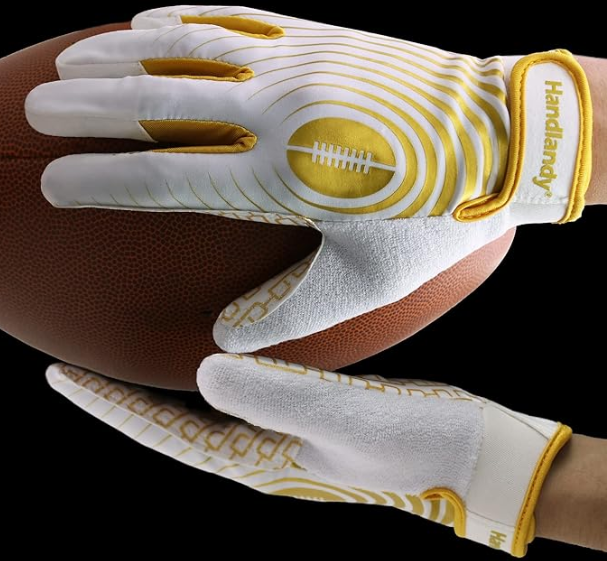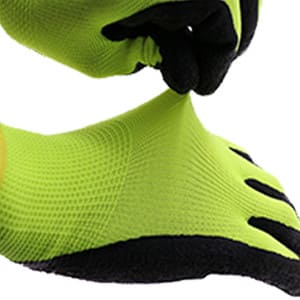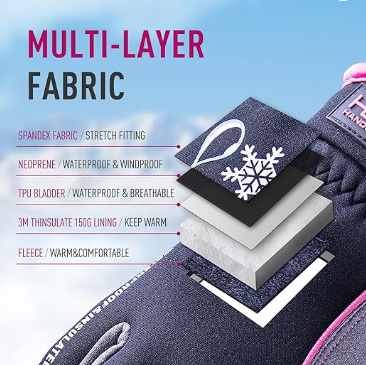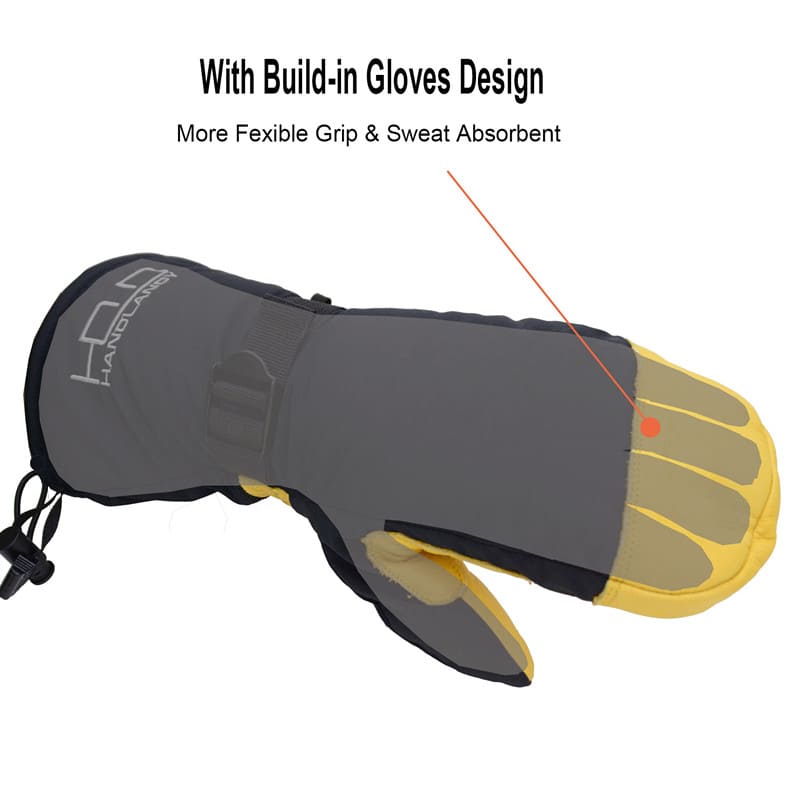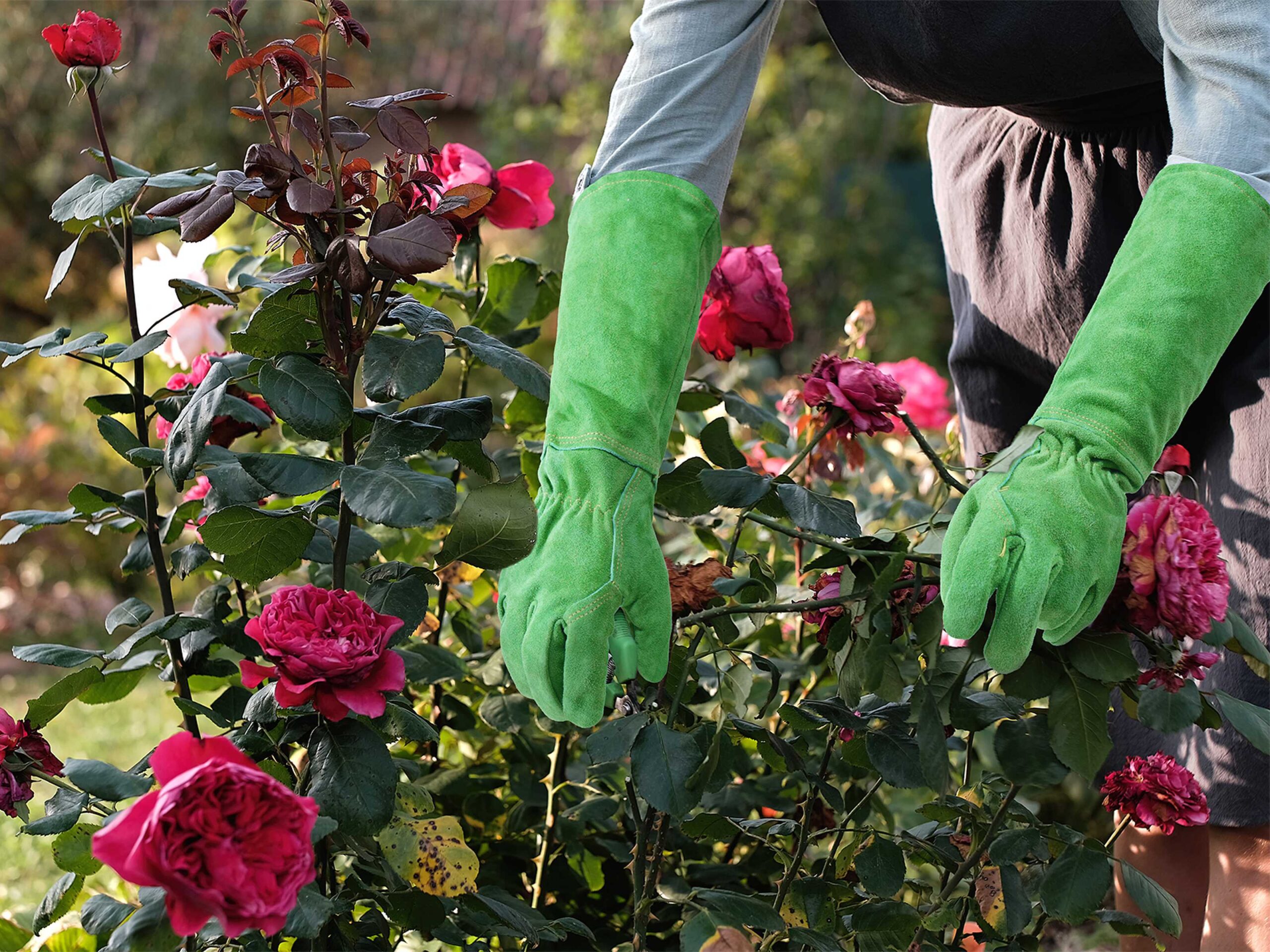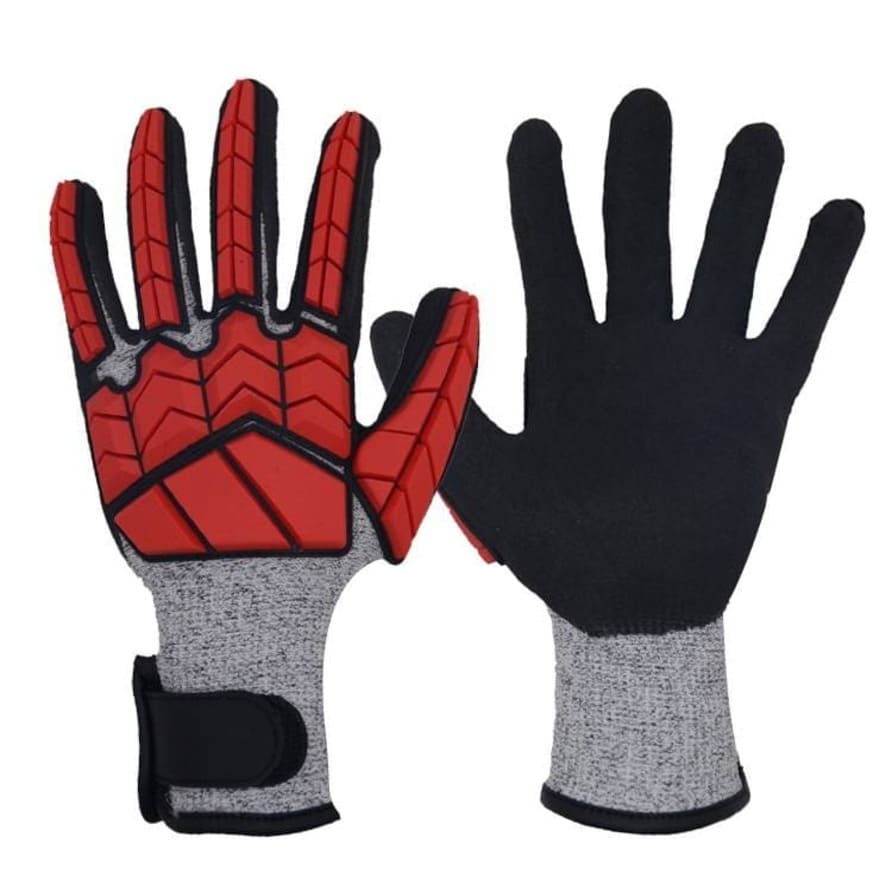American football gloves boost grip, protect your hands, and help you make game-changing plays. But if they’re too tight, they’ll hurt your performance. Here’s how to get it right.
Why Glove Fit Matters
Gloves must:
- Maximize grip (palm material needs skin contact).
- Allow finger mobility for catching/blocking.
- Protect without limiting movement.
- Stay secure during tackles.
✅ The Case for Snug Gloves
Tight-ish is good if:
- Fingertips lightly touch the glove’s end.
- No loose material on palms.
- You can make a fist comfortably.
- Gloves don’t slip during play.
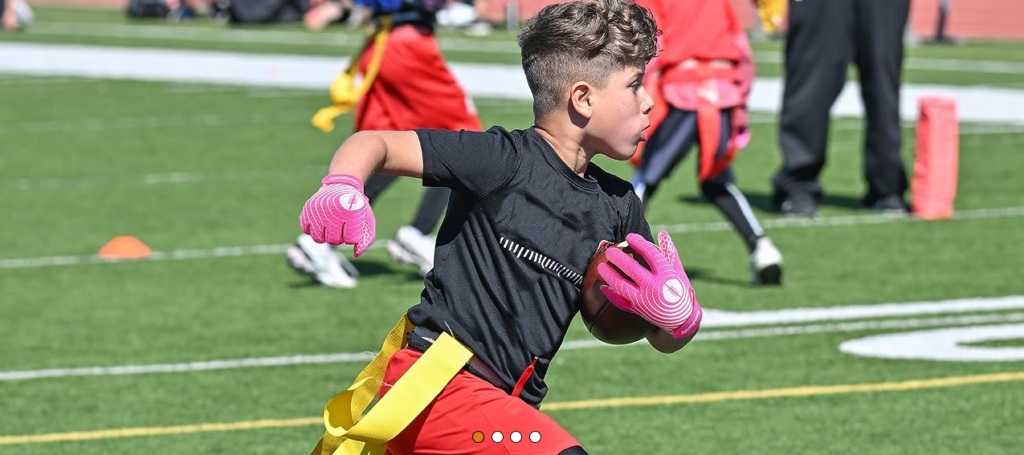
❌ When “Tight” Becomes a Problem
Too tight causes:
- Numbness or cold fingers (poor blood flow).
- Restricted movement (can’t spread fingers).
- Blisters or pain.
- Faster hand fatigue.
⚖️ “Snug, Not Strangling”
Use this quick test when trying gloves:
| Checkpoint | Too Loose | Just Right (Snug) | Too Tight |
|---|---|---|---|
| Fingertips | Don’t reach glove ends | Lightly touch the ends | Jammed/curled painfully |
| Making a Fist | Material bunches up | Smooth, natural motion | Restricted or painful |
| Blood Flow | — | No numbness after 2 minutes | Fingers turn white/purple |
| Wrist Strap | Slides during motion | Secure but doesn’t dig in | Leaves marks, cuts skin |
🔧 Position Tips
- WRs/DBs: Prioritize fingertip feel. Snug fit = better catches.
- Linemen: Focus on palm protection. Slightly roomier okay.
- QBs: Throwing hand must feel natural. Avoid bulk!
💡 3 Pro Fitting Tips
- Always try gloves on with any tape/braces you wear.
- Move like you’re playing (catch, block motions).
- Size down? Never if fingers tingle. Snug ≠ painful.
The Bottom Line
Perfect fit = “second skin.” Your gloves should feel secure but never cut off circulation or limit motion. When in doubt, choose mobility over max tightness. Now go grab that game-winning catch!

